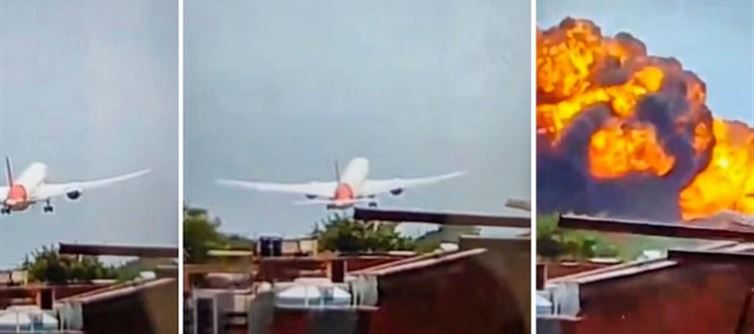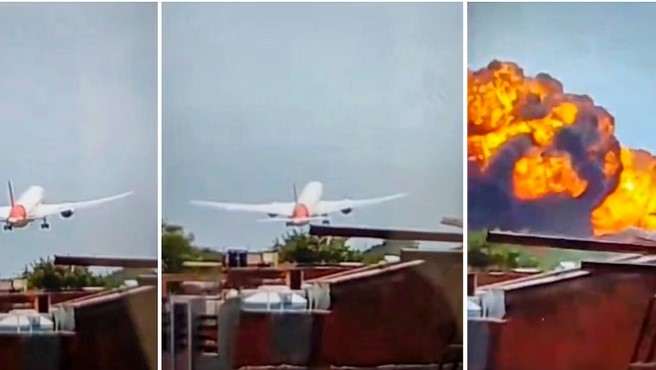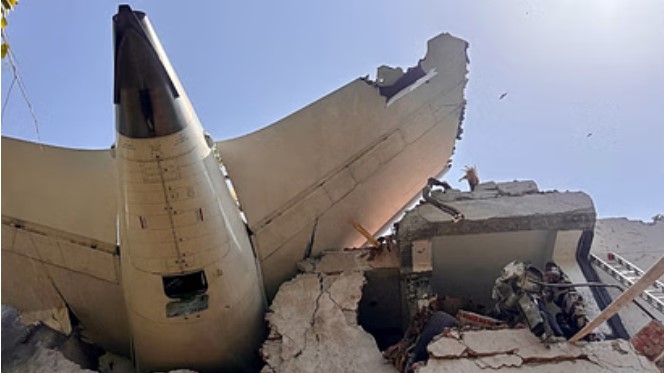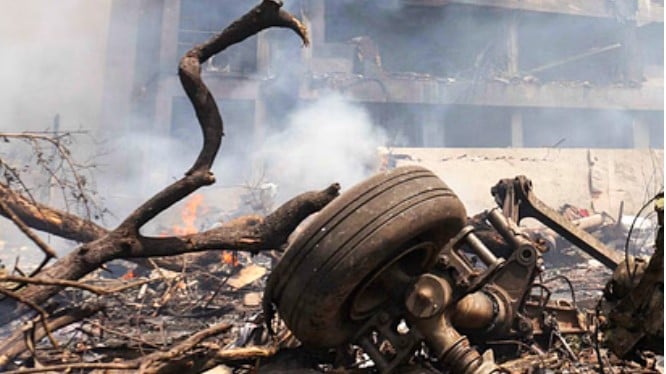
Ahmedabad plane crash: Did the plane not gain speed or did both engines fail? When will we get answers to these questions; know.
The investigation into the plane crash that happened on the 12th in ahmedabad has started. This plane crashed into a building after coming down a few seconds after takeoff. In such a situation, everyone wants to know whether the plane did not get the required speed to reach the height or both its engines failed. Investigators investigating the accident also have to find answers to these questions. This work may take months, but the video and evidence of the accident have given some clues that indicate that the air india plane was a victim of an accident. According to experts related to aviation safety, here are some questions whose answers the investigators hope to get in the coming days.

The first question is whether the wing flaps and slats of the plane were fully opened. Experts say that from the video of the plane that surfaced before the accident, it seems that the plane took off normally. But within a few seconds, the Boeing 787 Dreamliner starts descending. After the video, experts say that basically, it seems that the plane failed to meet the basic requirements of flight.
According to experts, it is not clear whether the plane's flaps and slats were extended properly. If this was not the case, then investigators would like to know why this happened. Did the pilots decide not to extend them or did they fail to do so? Was there any technical fault due to which the pilots could not extend those parts? Experts also say that even if the slats and flaps were extended, it would be difficult to know whether they were extended properly or not.

Jeff Guzzetti, a former accident investigator for the US Federal Aviation Administration and the National Transportation Safety Board, says that when any plane takes off, the rear flaps and front slats of its wing are usually extended so that more surface area can be available to create more lift when the speed of the plane increases. As the air india plane crashed soon after take-off, it raised questions about the settings of its wing slats and flaps, which are crucial for flying a large jet fully loaded with fuel.

Shaun Pruchnicki, a former air Line Pilots Association investigator and assistant professor of aviation safety at Ohio State University, said planes are designed to fly with only one engine. Pilots are also trained to fly a plane with the help of one engine. He thinks that both the engines of the 787 Dreamliner might have failed. If this had happened, it would have been the worst. Immediately after take-off, while the plane was at a height of a few feet, if both engines failed, the pilot did not have enough time to deal with the emergency. The plane needs thrust to rise which the engines provide. In such a situation, investigators would like to know if for some reason the engines failed to give enough thrust. Sometimes there are some signs when the engine fails - like smoke, fire, flash. But none of these are visible in this accident, as seen in the blurry video of the plane descending. One video shows dust rising shortly after the plane took off, but experts said that could have been caused by the engines or by air disturbances at the wingtips.




 click and follow Indiaherald WhatsApp channel
click and follow Indiaherald WhatsApp channel